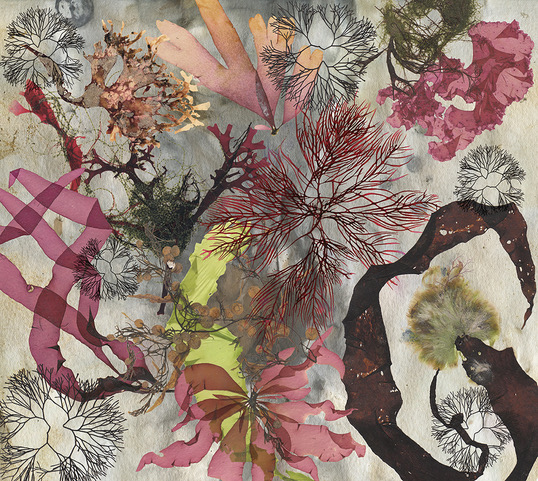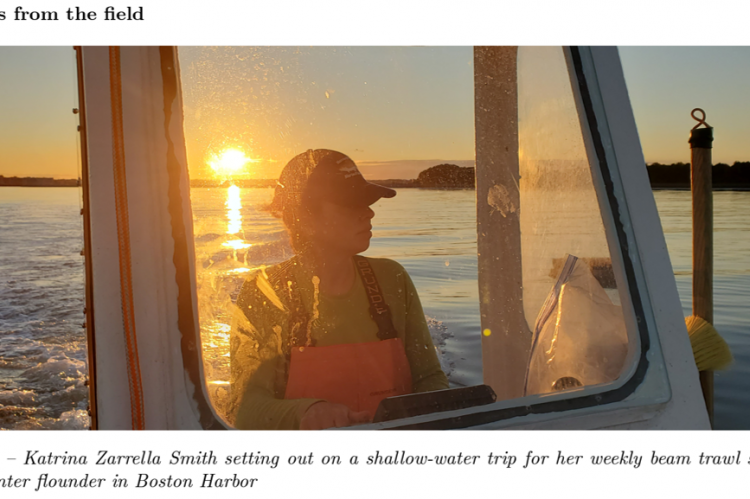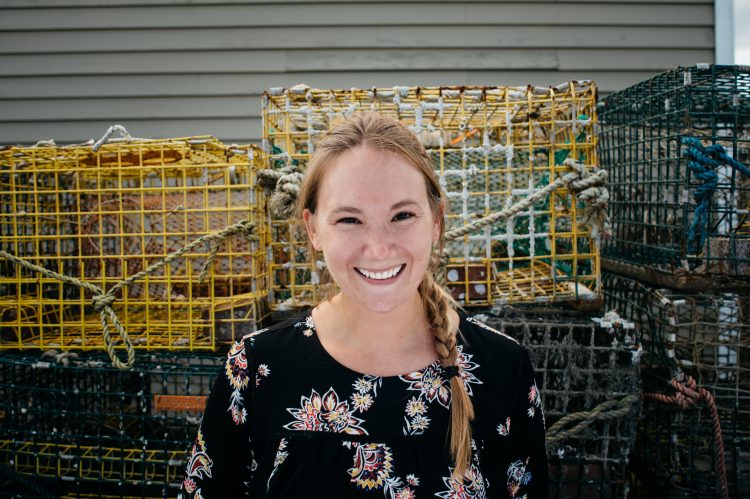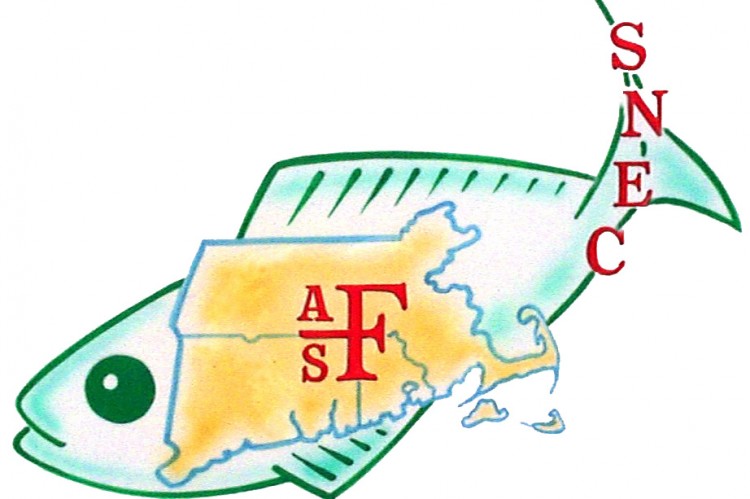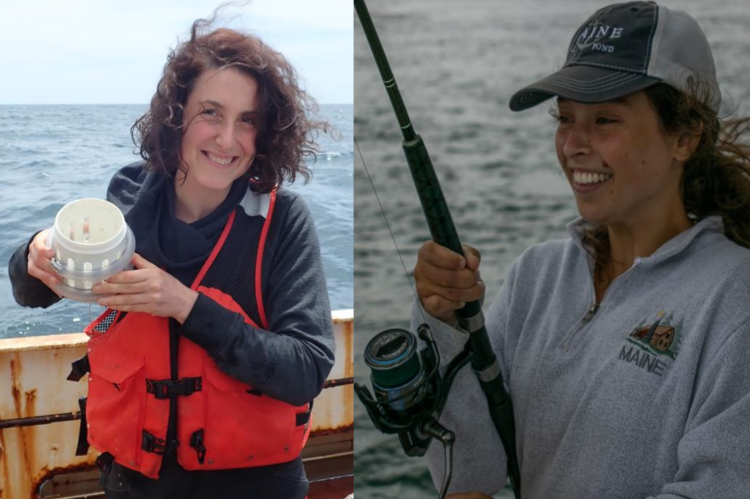Please join us for the next AFS/NED SNEC DEI Discussion – Thursday, October 20 at 2PM
Topic: Indigenous Land Acknowledgement
Discussion Facilitator: Abigail Archer, Cape Cod Cooperative Extension & Woods Hole Sea Grant
Check the AFS SNEC or NED listserv emails for the Zoom link, or email [email protected]
Readings:
A Guide to Indigenous Land Acknowledgement, Native Governance Center
https://nativegov.org/news/a-guide-to-indigenous-land-acknowledgment/
Boston City Council Offers Land Acknowledgement
https://www.boston.gov/news/city-council-offers-land-acknowledgement
The Upstander Project
https://upstanderproject.org/about/land-acknowledgement
Rethinking Land Acknowledgements December 20, 2021 Anthropology News https://www.anthropology-news.org/articles/rethinking-land-acknowledgments/#:~:text=Even%20more%20troubling%2C%20land%20acknowledgments,for%20Indigenous%20peoples%20and%20nations.
Discussion Questions
What are your experiences with Land Acknowledgements? For example, have you attended meetings where an Acknowledgement is given? Have you ever worked on crafting one for your school or organization? Do you give an Acknowledgement before you give presentations?
Did any of these readings cause you to change or reconsider your opinions about Land Acknowledgements?
What kind of statement do you think SNEC and NED should make at the beginning of the upcoming January 8-10 meeting? What actions could SNEC & NED take to forge connections with the State and Federally recognized Tribes in the Boston area?

